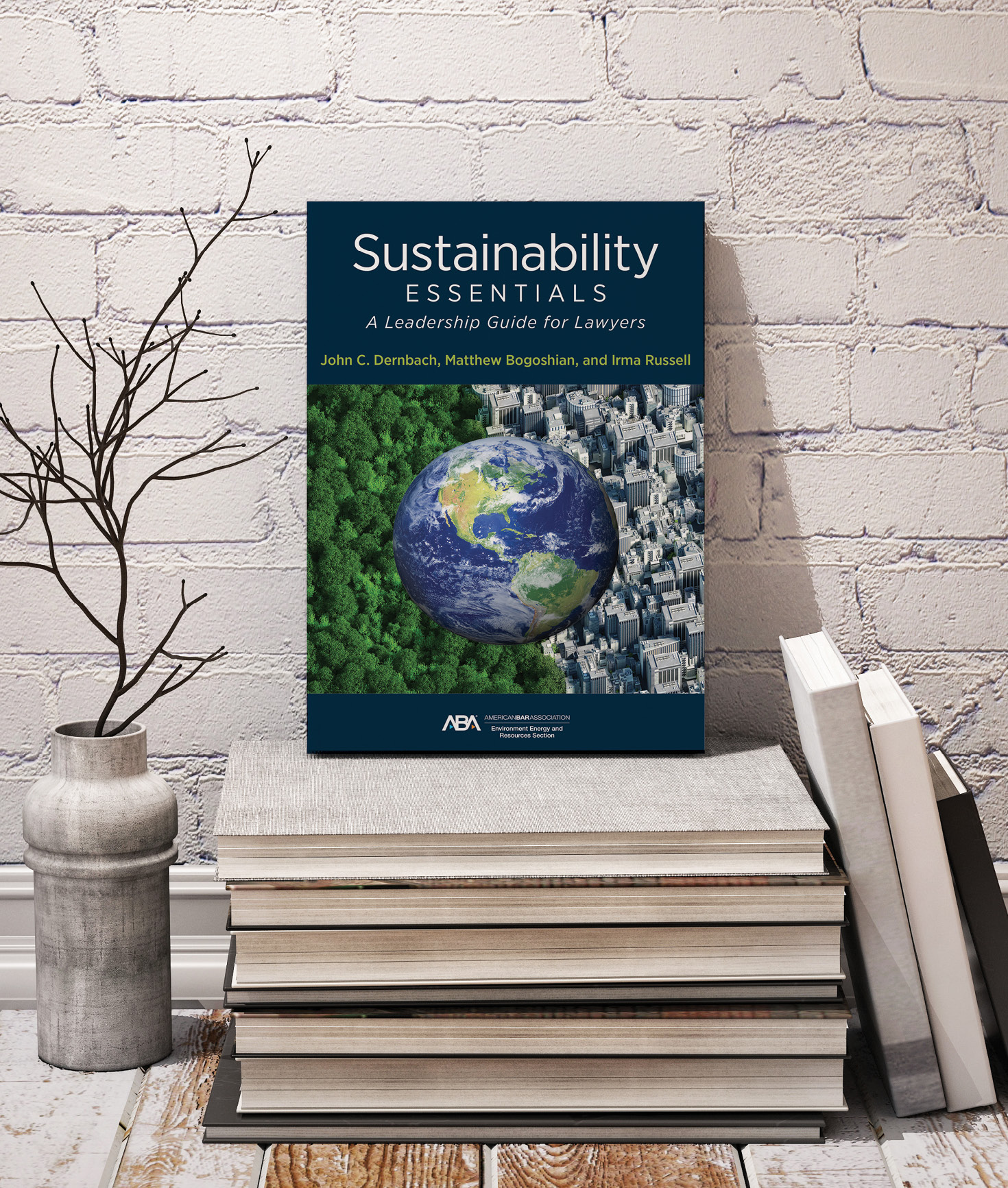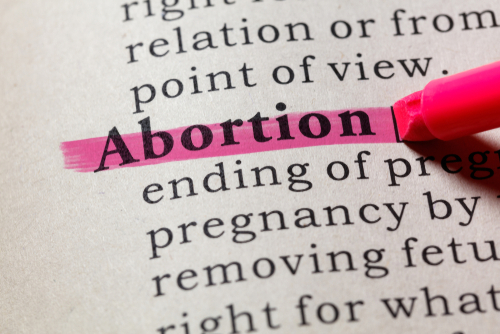Leaving kids home alone wasn’t endangerment, state supreme court says; ‘no parent can shield a child from all risks’
Family Law
Leaving kids home alone wasn’t endangerment, state supreme court says; ‘no parent can shield a child from all risks’
February 22, 2024, 3:22 pm CST
“No evidence shows that leaving the kids home was any riskier than driving them to Walmart (even assuming she had a vehicle that big),” the Iowa Supreme Court has said in a unanimous opinion reversing the conviction of a Waterloo, Iowa, woman for the crime of child endangerment. (Photo from Shutterstock)
A mother didn’t commit the crime of child endangerment when she left five children ages 5 to 12 home alone while she shopped for groceries at Walmart, the Iowa Supreme Court has ruled in a unanimous opinion.
The state supreme court reversed the conviction of Waterloo, Iowa, woman Paula Cole in a Feb. 16 opinion.
The Legal Profession Blog has highlights, while the Des Moines Register has coverage.
“Under the facts presented, we do not believe that the mother created a risk that violated” the endangerment law, the Iowa Supreme Court said.
The state supreme court cited a law review article titled, “Criminal Child Neglect and the ‘Free Range Kid’: Is Overprotective Parenting the New Standard of Care?” In the article, law professor David Pimentel argued that risks abound in child-rearing. Vaccines to protect children from diseases can have adverse effects or even cause death. Keeping children off playground equipment to protect them from injuries can create a risk from lack of exercise. Prohibiting children from playing freely in the neighborhood can create a sense of dependency and helplessness.
Risks can also be misjudged. The risk of a child abduction by a stranger is effectively nonexistent. Yet injuries and deaths from car crashes are everyday occurrences.
“None of us can escape all risks,” the Iowa Supreme Court said. “And no parent can shield a child from all risks. Rather, parents’ best hope is simply to manage life’s risks—including the very real risk that our efforts to avoid one risk will end up creating new and different risk.”
Cole had left five of her children in her apartment in a secured building when she went grocery shopping in July 2021. She took the youngest, an infant, with her. The other children were sleeping. The evidence is mixed on whether Cole told the children that she was leaving.
While she was shopping, a 9-year-old child had a disagreement with a younger child until her 10-year-old brother intervened. The 9-year-old girl backed off but left the apartment building.
The 10-year-old boy was upset that his sister left the apartment building, so he went to a neighbor for help. The neighbor tried to coax the 9-year-old girl back home, but she remained outside. The neighbor then let the 10-year-old boy use his phone to call 911 because the boy was “kind of freaking out a little bit.”
When a police officer arrived, the 9-year-old girl was with several of the other children in front of the building. The children let the officer in their apartment, where the oldest child was either sleeping or pretending to sleep.
Cole returned to the apartment carrying the infant and shopping bags. She was charged with endangerment and was convicted.
The Iowa endangerment law says a parent commits child endangerment when they “knowingly [act] in a manner that creates a substantial risk to a child or minor’s physical, mental or emotional health or safety.”
Under this law, “a parent does not create a risk if that risk is part of the background risk of ordinary life,” the Iowa Supreme Court said. “Rather, a risk is created by a parent when the parent’s behavior produces an identifiable risk that falls outside the range of risks that accompany ordinary life.”
Usually, a parent creates a substantial risk when the risk is the product of behavior that is unlawful or that is “overtly abusive,” the state supreme court said.
The Iowa Supreme Court cited some examples of endangerment from other court cases. They include causing a fire by smoking illegal drugs with an oversized butane torch, causing severe bruises by hitting children with a broomstick, causing a child’s death through physical abuse or knowingly leaving the child in the care of an abuser, sexually abusing a child, discharging a gun near a child’s head, and locking a child in a basement for 10 to 12 hours per night.
“In summary,” the Iowa Supreme Court said, under the Iowa endangerment law “a parent creates a risk when that risk is clearly outside the range of risks that accompany ordinary life.”
In this case, Cole’s behavior was not independently unlawful, she did not hit or harm her children, and she did not create a risk outside the range of risks that accompany ordinary life, the state supreme court said.
“Indeed,” the Iowa Supreme Court said, “no evidence shows that leaving the kids home was any riskier than driving them to Walmart (even assuming she had a vehicle that big).”






